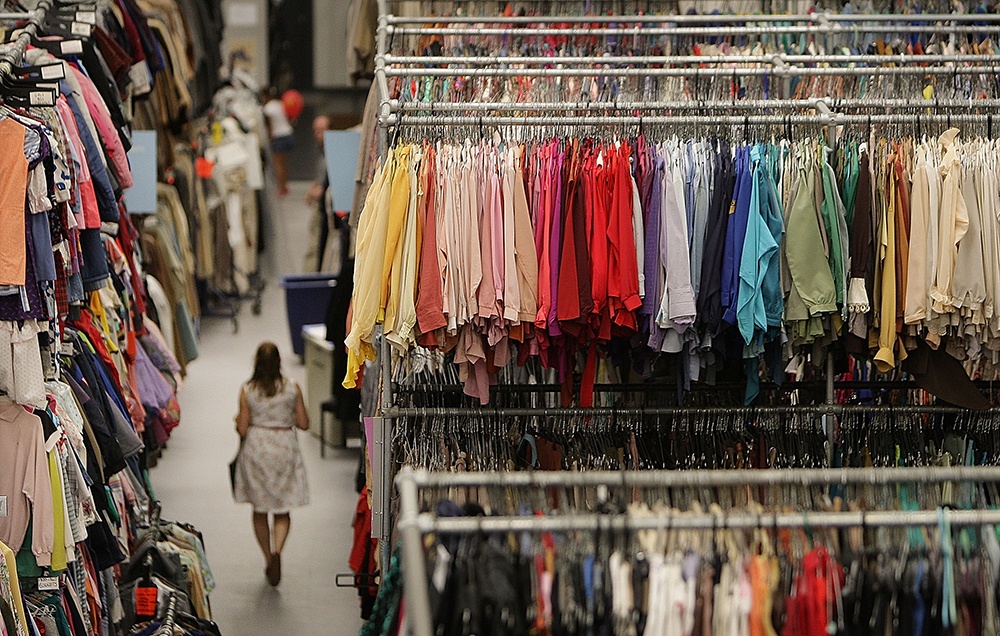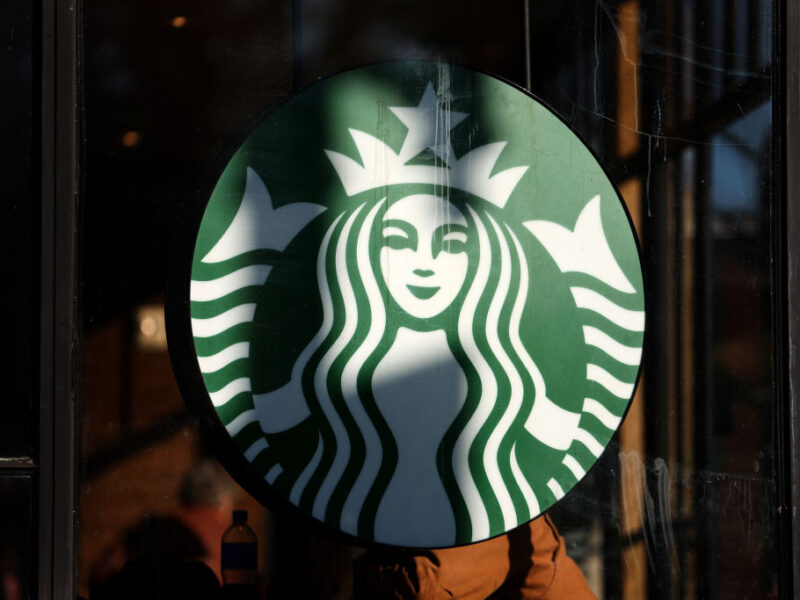Empty Shelves Versus Excess Product: How Retailers Should Balance Inventory Levels
Retailers are stocking fewer goods on their shelves, but have companies taken inventory reduction too far? A number of academic studies of U.S. retailers have revealed an overall decrease in product inventories.
Rogelio Oliva and Gregory Heim, professors in the Department of Information & Operations Management at Texas A&M University’s Mays Business School, are two of the researchers behind a study that examines this issue using data from 114 U.S. retailers during 2000 to 2013.
They examined the relationship between inventory leanness (in essence, holding less product on the shelves relative to their sales volume) and operational efficiency in brick-and-mortar retail stores.
“The notion of operational efficiency is essentially how well do you use resources? How well are your physical assets and labor being used to generate sales?” said Oliva. For retailers, inventory is a major cost. By stocking less product, retailers can use that cash for other investments.
Leanness has its limits
However, Oliva notes that retailers going “too low” on inventory leanness is a real problem.
“People have this idea of, ‘I have too much inventory, I have to streamline it, there’s all this technology, I can do it,’” Oliva added. “Our data shows that some firms are going too far and they’re having to back down.”
An important point of the study highlights that inventory leanness is not a “one size fits all” decision – it is largely dependent on the size of the company and demand variability. According to this research, small retailers experience a reduction in efficiency when increasing inventory leanness before large retailers do. In other words, large retailers can have higher leanness than small retailers, but they will also experience the drop in operational efficiency if they go too far.
Big retailers like Walmart and Target are better equipped to work with lean inventory positions because they have the resources to keep up with demand that smaller retailers often lack. Information technology can play a critical role in whether a company has the affordability to operate with leaner product on the shelves.
“If you have dependable IT, you can lower that inventory level because you can communicate quantity needs in a timely manner. If you lack the infrastructure, you have to raise up that inventory,” noted Oliva. “If you don’t have the capital, the relationships, or the scale – you can’t push leanness. You’ll run into inefficiencies a lot sooner than someone who has the ability to use capital and technology.”
Stocking for uncertainty
The study also found that retailers achieved higher efficiency by keeping more product on the shelves when demand was uncertain.
“If you have a very stable demand, you can have lower inventory,” explained Oliva. For example, home improvement products such as laminate flooring or faucet fixtures are common items that are less susceptible to purchase spikes. “If you have demand instability, you have to protect yourself by carrying a lot more inventory relative to the average sales. You have to take risks on having that inventory, because it might take off. You can’t start pushing leanness if you’re in a business that has high demand variability,” he noted. An example would be a specialty toy that unexpectedly becomes the “must have” holiday gift.
The researchers recommended that retail managers take special care when pursuing inventory leanness.
“Too much leanness is going to reduce your efficiency. You cannot satisfy customer demand with empty shelves. On the other hand, when you have excess inventory, a large portion of your assets is now idle and you’re spending too much time counting the product,” said Oliva.
Stock-outs have always been a pain point for customers. Indeed, this is another topic area where Mays Business School professors have devoted lots of effort to research stockout prevention. “In an era when Amazon can deliver packages to your doorstep in two days, or even two hours, store-based retailers cannot risk frustrating customers who make the effort to visit their physical store, only to encounter an empty shelf,” added Kelli Hollinger, Director of the Center for Retailing Studies at Texas A&M University.
The researchers hope to provide a big-picture outlook for retailers of all sizes who are working with inventory leanness levels to balance operational effectiveness with profits. Each company has varying resources, needs, and consumer demands – inventory leanness should be managed accordingly.
“The kind of recommendations we give are more strategic guidelines rather than operational,” Oliva concluded.
This article by Andrew Vernon originally appeared in Mays Impacts.
Media contact: Kelli Reynolds, Mays Business School, (979) 845-3167, kreynolds@mays.tamu.edu.





